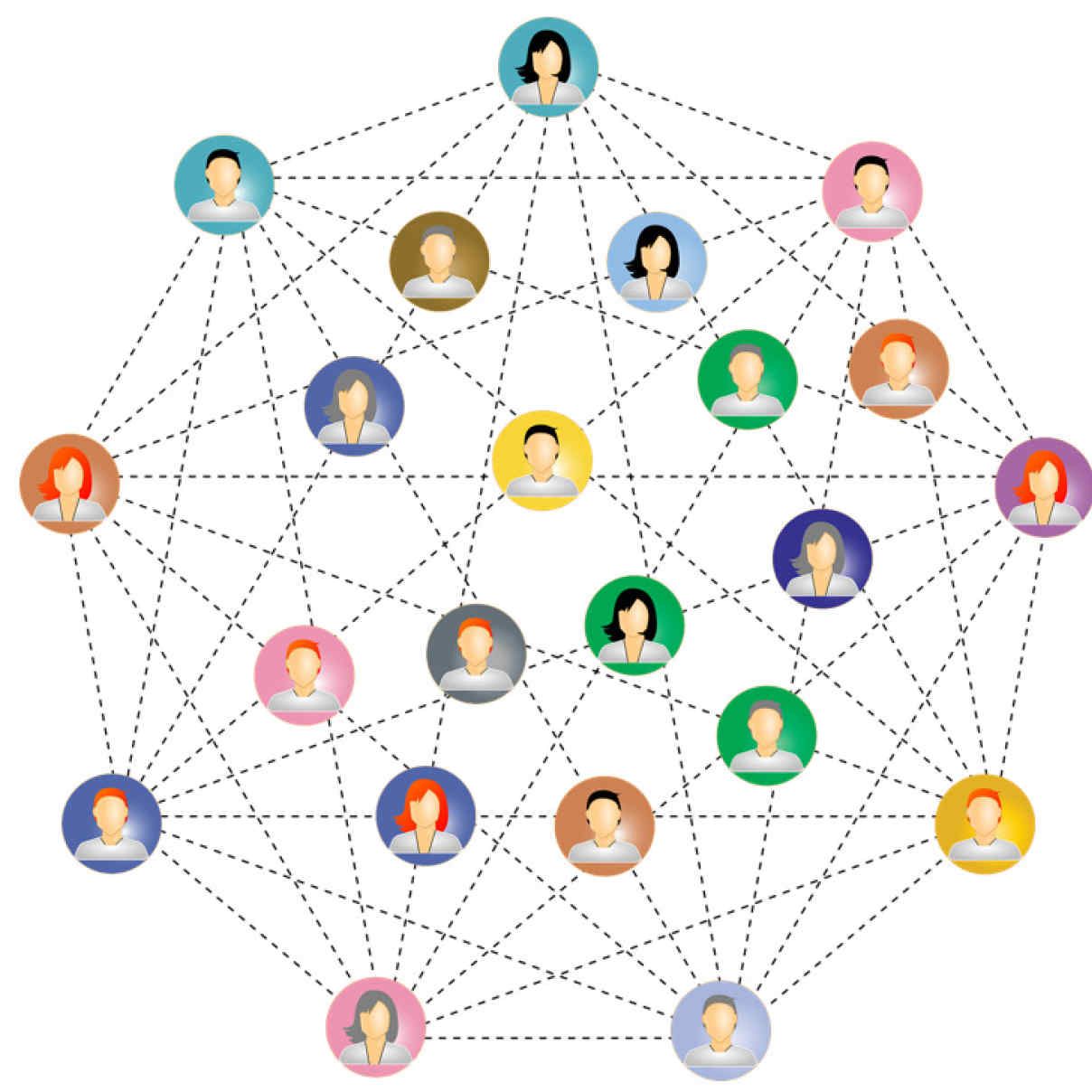Key Info
Date:
8th April 2021
Activity:
Zoom call with members of the BRC public advisory panel: introductory slides & breakout room discussions
Speakers (A-Z):
Edwin Chilvers, Jane Davies
Hosts / Breakout room facilitators:
Maria Piggin, Halle Johnson
Call overview and agenda
On 8 April 2021, Professor Edwin Chilvers and Professor Jane Davies presented the research plans for the proposed Respiratory Theme in the Imperial Biomedical Research Centre (BRC) (2022 to 2027) to members of the Imperial BRC Public Advisory Panel (Panel) via an online Zoom meeting.
The aim of this particular online session was to:
- Introduce tthe Theme's propsed main areas of research
- Q&A
- Facilitate small group discussions exploring the topic further with panel members
Summary of Key Insights
This following is a summary of the themes identified in breakout room discussions, more details of which are set out in the full Theme insight report.
Comments on the Theme’s proposed research areas
Panel members were generally supportive of the Theme’s proposed research areas because these covered all age groups and addressed issues relevant to a wide section of the population, including possible environmental triggers and potential disease development, exacerbations, and those with acute needs. A suggestion was made to also look at air quality and its effects on exacerbations, particularly in light of Covid. The importance of early intervention was noted to identify risks and prevent conditions. The link to the other specialist health care providers across North West London was considered important in working collaboratively across North West London and addressing health inequalities. It was noted that historical health inequalities may be reinforced by not addressing rare or complex diseases which attract less research and consideration needed to be given to addressing them. Other research areas suggested were: acute chest syndrome in sickle cell disease; collaborations in rarer diseases; the psychological impact of restricted breathing e.g. in asthma; respiratory health care needs of mental health patients (which were considered to be neglected); prevention of respiratory diseases including with reference to environmental factors including housing and pollution; asthma and the impact of the neurodevelopmental disorders (NDD) on the clinical relationship in Autistic Spectrum Disorder (ASD) patients; and research into patient participation and what motivates people to stay on trials in different conditions. It was recommended that the Theme leadership included clinical staff including nurse specialists/consultants to ensure broad perspectives.Panel members queried whether the level of trust in AI-based prediction methodologies had been gauged in patients andwhether there may be links to, and funding available through, the climate change agenda e.g. through local authorities.
Suggestions on how to undertake further consultation with the relevant population groups
The Panel suggested contacting local Breathe Easy and asthma groups and contacts as well as involving carers, schools (e.g. the school nurse) and school children, as this is an important way to engage children from a younger age and would be important community engagement and involvement. They also suggested consulting with underrepresented groups in the community through GPs or patient groups and involving allied health professionals and primary care and community healthcare contacts. The Panel also suggested hosting People’s Research Cafes due to the prevalence of respiratory conditions in communities and the fact that people would be interested in the research.
How to best involve patients and the public within the research and Theme
Panel members suggested: involving patients and the public from the outset of research projects; involving third sector organisations and charities e.g. Cystic Fibrosis Trust; ensuring relationships are mutually beneficial by providing people with information they want e.g. how to improve allergies and if they are breathing clean air; and utilising social media and personal networks to reach people.
How we used the insights
This insight report summarising key points from the session was made available to Theme leads and the BRC Executive in order to shape the BRC application. The report was also provided to the Panel members who took part in the involvement activity. A full report on all public involvement activities undertaken in preparation for the BRC application can be found here.
We would like to thank all those members of the public who gave their time and thoughtful insights through these activities, and the researchers who engaged enthusiastically in the process.
Contact us
PERC Director and Co-Founder
Prof. Helen Ward
h.ward@imperial.ac.uk
For enquiries about public involvement in research and research more generally, please email:
publicinvolvement@imperial.ac.uk
Read our blog
All posts- HOPE for Hand Osteoarthritis
- Having an Impact with Public Involvement in Paediatric Intensive Care Research
- Public engagement and involvement at the Cardiomyopathy UK conference: When researchers and the public meet
- Why did nobody ask us?! Reflections and findings from co-produced research into children’s vaccine uptake.
- Three key takeaways from our participation in the Research Engagement Network (REN) community roadshows
- You and Your Health Data: Results of our Great Exhibition Road Festival activity

